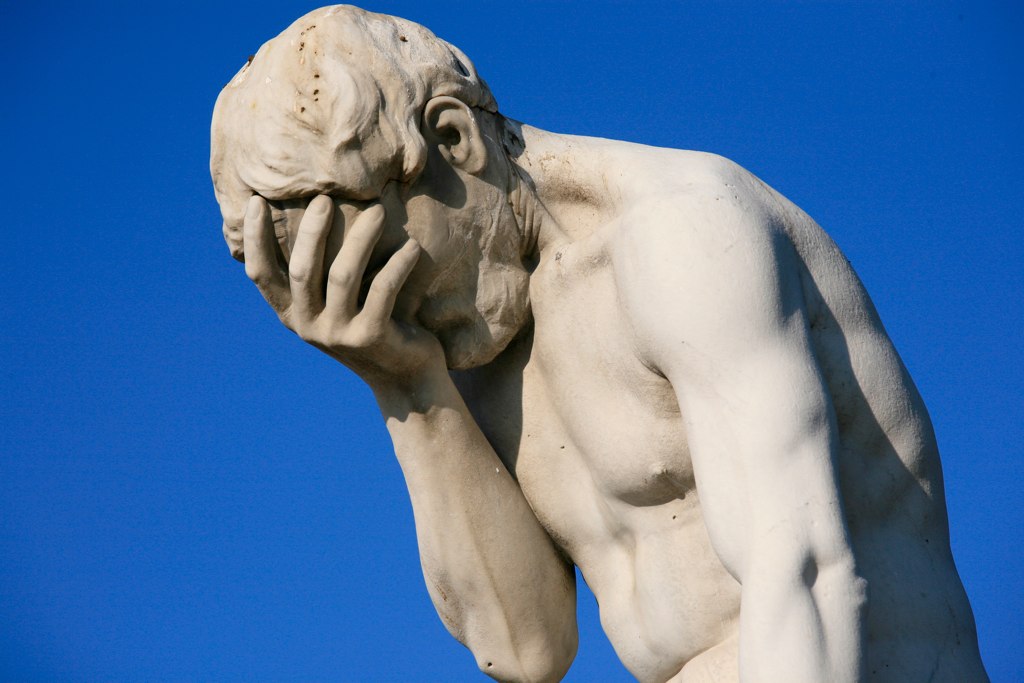
It’s a miracle. Today, the San Francisco Chronicle pointed out that California’s Air Resources Board, the government agency tasked with “researching” and “adopting air quality control standards,” missed the mark by 340% when drafting a 2007 law that aimed at forcing private businesses to cut diesel emissions.
At first glance, it might appear the economic downturn that started in 2008 could be responsible for such skewed numbers.
The San Francisco Chronicle thought of that, and they commissioned independent researchers to look at the numbers. They found “… huge overestimates in the air board’s work on diesel emissions and attributed the flawed work to a faulty method of calculation – not the economic downturn.”
And what did Mary Nichols, the chairwoman of the California Air Resources Board, have to say as an explanation?
No comment.
The Chronicle goes on to say:
She was recently asked why the air board estimate of a nitrous oxide source was off by at least a factor of two – air board scientists have since revised their numbers, and data show the estimate was off by 340%. Nichols’ response: “I can’t answer that for you.”
What remains to be seen is whether Californians will vote to suspend AB 32 in November. AB 32 calls for the state of California to reduce its greenhouse gas emissions to 1990 levels by 2020. That’s a good thing, if you believe forcing business to comply with additional constraints (like an emissions reduction target) will create jobs.
The Chronicle has a dedicated page for this story and we suggest that you take a look.
As famed University of Chicago economist Robert Coase once quipped, “If you torture the data long enough, Nature will confess” – this lesson, evidently, was not lost on the California Air Resources Board.



